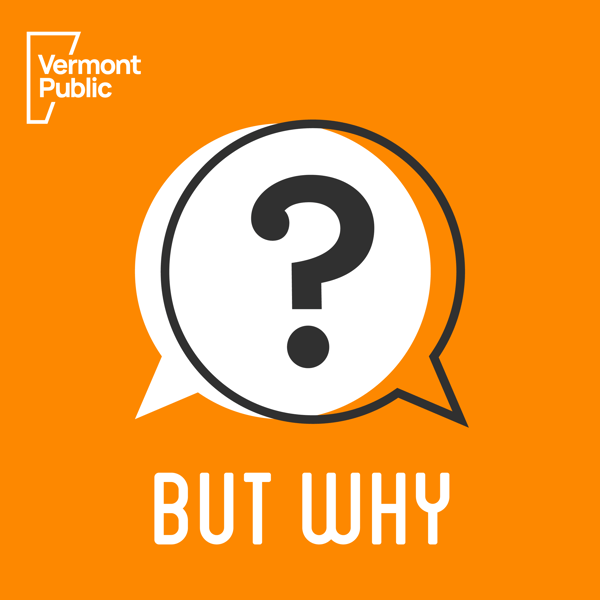Who invented emoji?
But Why: A Podcast for Curious Kids
Vermont Public
4.4 • 4.9K Ratings
🗓️ 18 November 2022
⏱️ 22 minutes
🧾️ Download transcript
Summary
Emoji are those little images you can send in text messages to friends and family. Nine-year-old Leila in New Jersey wants to know how they were invented. So in this episode we find out with Jane Solomon, editor at Emojipedia and Paul Galloway of the Museum of Modern Art in New York. We learn what the first emoji looked like, way back in the dark ages of the 1990s and we explore how emoji may be a new trend, but communicating through pictures is a very old tradition. Plus, are emoji…art? Give this episode a 👂to find out!
Download our learning guides: PDF | Google Slide | Transcript
Transcript
Click on a timestamp to play from that location
| 0:00.0 | But why? A podcast for curious kids is known for serious answers to silly questions sent |
| 0:07.0 | in by kids just like you. But did you know that but why is now a book series? |
| 0:12.9 | Our first book, Our Lama's Ticklish, answers questions from real kids about farm animals. |
| 0:18.8 | This colorfully illustrated book is perfect for kids ages 8 to 10. And our second book, |
| 0:24.4 | To Fish Breathe Underwater, explores the underwater world of the ocean. Learn more at but why kids.org slash books. |
| 0:54.5 | This is But Why, a podcast for curious kids from Vermont Public. I'm Jane Lindholm. |
| 1:00.3 | On this show, we take questions from curious kids just like you and we find answers. |
| 1:05.9 | We love your questions because often one simple question can inspire us to explore so many |
| 1:13.0 | different topics. Science, history, art and culture all wrapped into one question. Today's is kind of like that. |
| 1:21.0 | My name is Leila. I'm from Melbourne, New Jersey. I'm 9 years old. And my question is, |
| 1:30.1 | how are emojis invented? Before we can answer how emoji were invented, we need to make sure we all know what they are. |
| 1:38.0 | If you've ever watched a parent or an older sibling or a caregiver sending a message to someone else on their phone, |
| 1:44.1 | or maybe you've even grabbed their phone yourself, you might have noticed that in addition to typing words, |
| 1:50.1 | you can type in pictures to get your message across. You might add a heart symbol or a smiley face to end a message |
| 1:57.2 | with a kind of note of affection, kind of like, I love you or I like you. Or you could use the face of someone laughing |
| 2:04.2 | instead of typing out that so funny when somebody sends you a joke. Maybe you want to know what's for dinner? |
| 2:10.4 | Well, instead of writing what's for dinner tonight, you could punch in a picture of sushi, a chicken drumstick, |
| 2:18.0 | and a bowl of salad followed by a question mark. There are lots of pictures to choose from, |
| 2:23.7 | and all of those symbols are called emoji. Small images, symbols or icons used in electronic communication. |
| 2:32.2 | Emoji developed over a long period, but in particular in Japan in the 1990s. The word is actually a Japanese word. |
| 2:41.4 | It's a two-part word, so E means picture, and emoji means character. So Emoji means picture character. |
| 2:49.8 | My name is Paul Galloway. I'm a collection specialist at the architecture and design department in |
... |
Please login to see the full transcript.
Disclaimer: The podcast and artwork embedded on this page are from Vermont Public, and are the property of its owner and not affiliated with or endorsed by Tapesearch.
Generated transcripts are the property of Vermont Public and are distributed freely under the Fair Use doctrine. Transcripts generated by Tapesearch are not guaranteed to be accurate.
Copyright © Tapesearch 2025.

